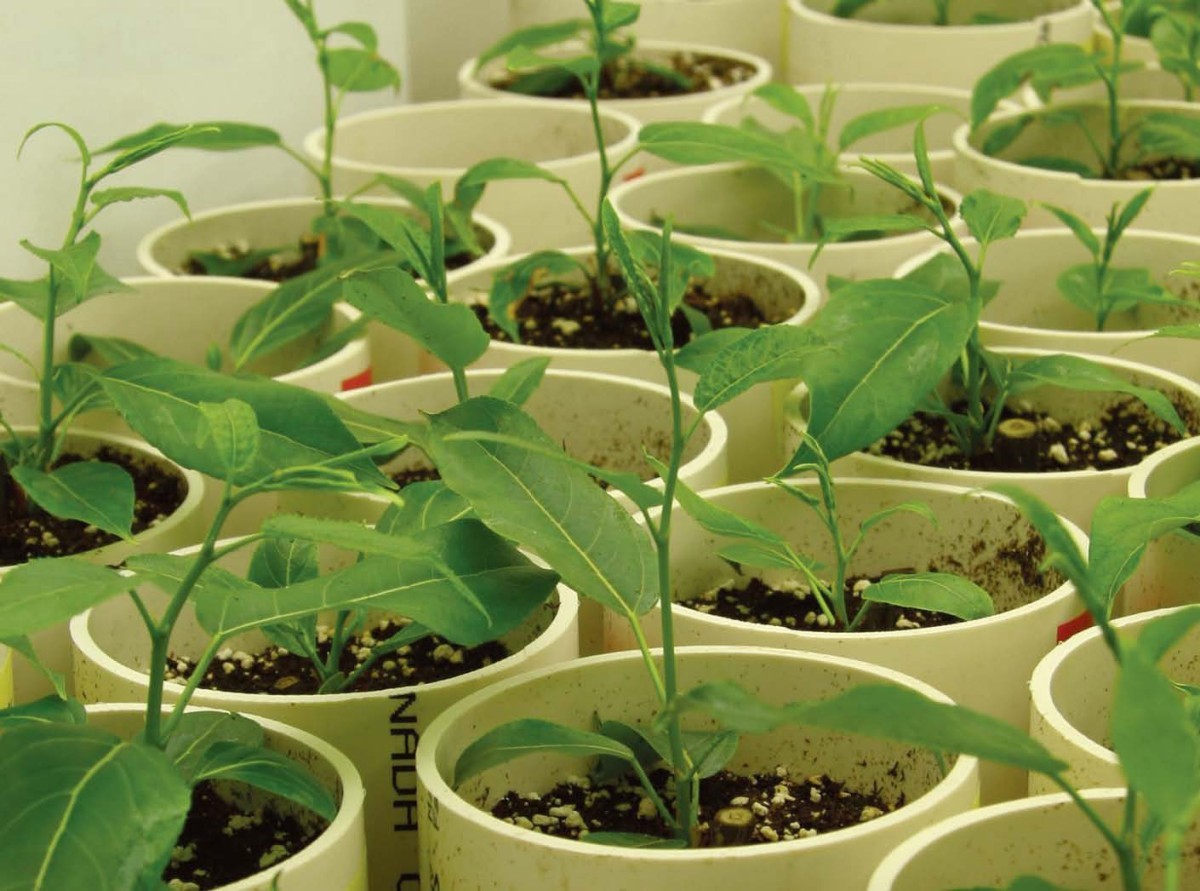
Most gardeners are familiar with what has become known as “the nursery effect,” in which genetically identical plants acquired from different nurseries grow and respond to stress differently. According to Malcolm Campbell, a professor of biology at the University of Toronto at Scarborough, these differences arise because of a kind of “molecular memory,” in which a tree’s previous experiences influence how it responds to the environment.
“If I give the same stress, in the same fashion, to two genetically identical trees, then they should behave the same, unless they have some sort of environmental memory of where they had been previously,” Campbell said. “It’s like identical twins growing up in two different places: they can have a different chance of getting a disease because they have each had different environmental influences in their lifetimes.”
To test this hypothesis, Campbell acquired genetically identical poplar trees that had been raised in Saskatchewan and Alberta – locations with different climates – and grew stem cuttings from them side by side in a controlled growth room. Half were subjected to drought conditions and half were well watered. Indeed, the researcher found that the plants responded very differently, depending on their place of origin.
“If you walked into the lab, all the trees looked about the same,” said Campbell. “The changes were found at the genetic level.” He found no evidence that a gene mutation was responsible for the different responses the trees exhibited. Rather, he said the trees that had been obtained from Alberta used a different set of genes to respond to drought than the ones that had come from Saskatchewan.
The differences were most pronounced among those specimens that had been separated from a common environment the longest. “Those that had been separated by 15 years did the same thing, regardless of where they came from,” explained Campbell. “Those separated longer started to show differences related to where we sourced the material.”
Based on these findings, gardeners and foresters should pay particular attention to identifying the source of the trees and shrubs they purchase from nurseries, which may determine how the plants will grow and resist stress in the local area. In addition, a plant’s “memory” of its previous experiences could help determine its survival in the face of climate changes or other environmental stresses like diseases or pests.
We need to study how the plants we want to grow will contend with the significant environmental changes that are taking place,” Campbell said. “We don’t need to do that by genetic engineering, but instead by exposing plants to environmental conditions that make them more prepared for that stress.”

